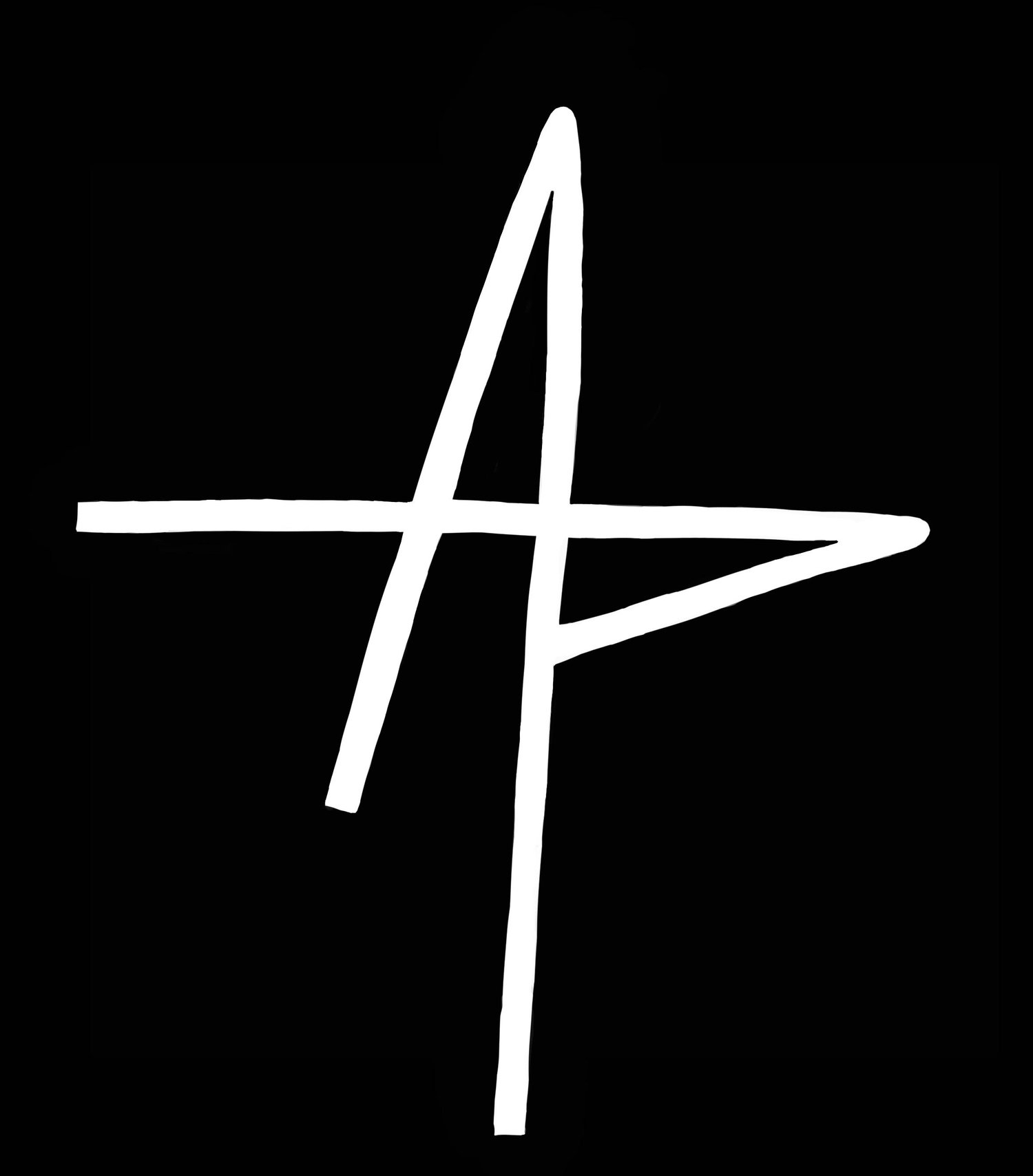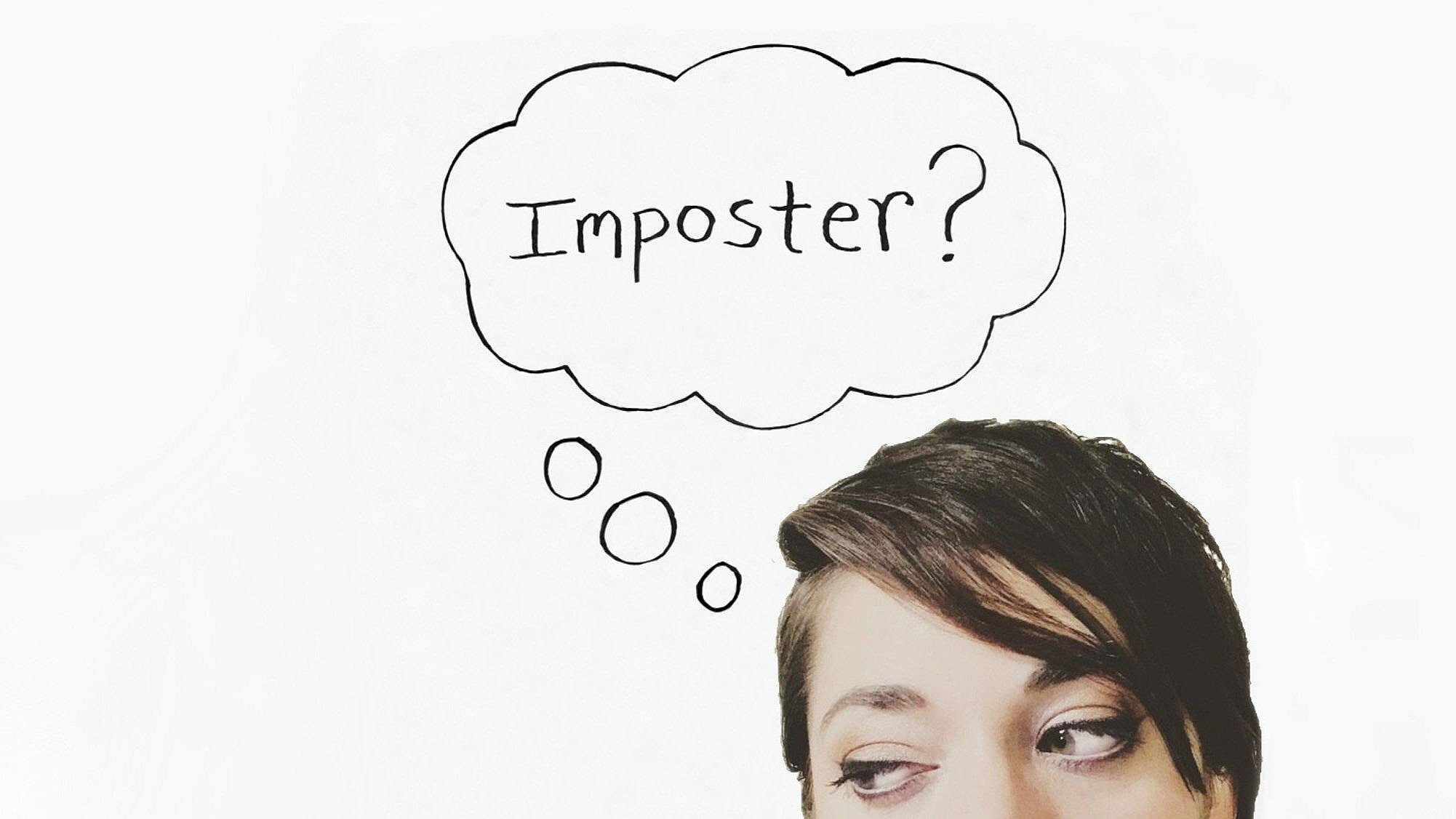What Did You Want To Be When You Grew Up?
…And now that you’re grown up, what are you?
I didn’t end up doing any of the things I thought I’d do. The first thing I can remember wanting to become when being asked (from that early age of labor indoctrination when the notion of “work” and “career” slowly seeps into the edges of our awareness and is spoon-suggested to us) was that I wanted to be an animator. I wanted to work for Walt Disney Studios, like my great-grandfather whom family lore claims did a stint at Walt Disney Studios as a background painter.
However, I quickly realized that I didn’t want to work for Disney because I only cared about illustrating and writing my own stories. I didn’t have any desire to play a small role in someone else’s world of imagination—I wanted to create my own. On top of that, I was slowly starting to notice things: the murmurs, raised eyebrows, and head shakes that adults had for me after the age of cuteness passed for indulging in lies to children about the promise held in their burgeoning artistic abilities.
At the same time, I had a serious interest in becoming a forest ranger. Being an only child of a young single working mom who was just barely an adult herself meant long days of figuring out what to do without a sibling, and resulted in teaching myself to draw through observation, reading Wildlife Fact Files, and growing vegetables and taking care of the yard with my grandparents. This taught me to love plants and animals. I knew that we were profoundly connected to the natural world, and could see how cruel and careless people were toward it and the other beings we share it with. I felt a heavy pull of responsibility to help do something to stop it.
Along with a developing affinity for nature, I loved history and collecting rocks and fossils. So in the ignorance/innocence of childhood, I thought I’d just become an archaelogist and a paleontologist—an idea that sparked long before I ever watched a single Indiana Jones or Jurassic Park movie, owed entirely to PBS documentaries and the Discovery Channel.
Then I grew up.
…And now that you’re grown up, what are you?
I didn’t end up doing any of the things I thought I’d do. The first thing I can remember wanting to become when being asked (from that early age of labor indoctrination when the notion of “work” and “career” slowly seeps into the edges of our awareness and is spoon-suggested to us) was that I wanted to be an animator. I wanted to work for Walt Disney Studios, like my great-grandfather whom family lore claims did a stint at Walt Disney Studios as a background painter.
However, I quickly realized that I didn’t want to work for Disney because I only cared about illustrating and writing my own stories. I didn’t have any desire to play a small role in someone else’s world of imagination—I wanted to create my own. On top of that, I was slowly starting to notice things: the murmurs, raised eyebrows, head shakes that adults had for me after the age of cuteness passed for indulging in lies to children about the promise held in their burgeoning artistic abilities.
At the same time, I had a serious interest in becoming a forest ranger. Being an only child of a young single working mom who was barely an adult herself meant long days of figuring out what to do without a sibling, and resulted in teaching myself to draw through observation, reading Wildlife Fact Files, and growing vegetables and taking care of the yard with my grandparents. This taught me to love plants and animals. I knew that we were profoundly connected to the natural world, and could see how cruel and careless people were toward it and the other beings we share it with. I felt a heavy pull of responsibility to help do something about it.
Along with a developing affinity for nature, I loved history and collecting rocks and fossils. So in the ignorance/innocence of childhood, I thought I’d just become an archaelogist and a paleontologist—an idea that sparked long before I ever watched a single Indiana Jones or Jurassic Park movie, owed entirely to PBS documentaries and the Discovery Channel.
Then I grew up.
Suddenly, that open sky of endless possibility that had been narrowing steadily since childhood and adolescence had compressed into a thin strip of horizon that looked very far away and difficult to reach.
You know that little thing that happens when you find out that life and following your dreams, or deciding which dreams to pursue, is a lot more complicated and harder than you’d ever been led to believe? Yeah, that happened. As it does for all of us, or at least, those of us who don’t have a trust fund to fall back on.
I think it’s fair that this first blog post be about my journey toward taking my art seriously, for anyone who might want to know. That’s if people even bother to read artist blogs. I figure it can’t hurt. Maybe it will help someone who has also struggled with a similar path. I also write this because I believe very strongly that the arts—in all of their forms—are one of the most powerful tools that exist to influence the course of global affairs and our individual lives, and that the role of artists should be respected as much as any other profession. Not idolized, and not denigrated (because it’s usually victim to those two extremes), but respected.
I like to think that’s not asking for much.
Imposter syndrome is rooted at the core of the What Do You Want To Be? question. This is something I struggle with daily, the belief that I can’t possibly have the thing that I yearn for, that I don’t have a right to want it—to be what I am. That I am putting on a show, always; a cheaply made facade anyone not easily taken in by smoke and mirrors can see through.
I suspect imposter syndrome is especially crippling for creatives and makers, or innovators like scientists because the nature of what we do must chafe against the grain of society, and doesn’t fit easily into the drop-down menu of preselected options for what to do with your life in a capitalist-industrial model of civilization.
I’ve internalized the contradictions artists must live with that has given rise to the Imposter and solidified her into a concrete form, a doppelganger who dismisses her art when others compliment it, who hides what she is working on and and does not discuss it with acquaintances; who apologizes for it reflexively ahead of time, just in case on the rare occasion she does show it to someone they say: “You are so talented, Amanda. Why do you have to depict such horrible, depressing things?” The Imposter, who emerges from the contradictions that exist between the reverance and prestige artists are shown in equal proportion to suspicion and belittlement.
“What can you do with art? You can’t make a living from it.” “That’s just a hobby, it doesn’t pay the bills,” “Art doesn’t matter.” These statements, and their many incarnations from the same people who will hire an architect or interior designer to reconceive the layout and decor of their homes, or pay musicians for violin lessons for their children, or even work themselves on restoring vintage cars in their garages; the same people who will go to art therapy sessions because their therapist recommended it, or painting and wine classes with their friends. The same people who won’t blink at dropping the price of a college fund on a suit or dress from a particular fashion label, and will go see movies every weekend, buy tickets for a Broadway play, or not think twice about splurging on a contemporary sculpture from the lastest commerical artist whose name is a trending buzzword to put on their coffee table while having zero idea what it is means—if, indeed, it means anything at all. These are the same people who pay yearly fees to be members of local arts councils and serve on their boards, who donate to an arts organization when their spouse dies to have a bench made for asses to sit on with a plaque attached proclaiming them to be “Life-long devoted patrons of the arts.”
Art is married to the stuff of life, and so often, that’s tied up with what brings us joy, connection, and healing. It’s inseprable from the things that matter; the things that preserve us and our humanity, our reason, reminds us of what and why we are, that gifts us with a means of varied expession of the reality we share, and our own subjective realities. Without the arts, we remove the looking glass in which we can see the faces of ourselves and others, and become empty vessels.
I didn’t always acknowledge this. I certainly felt it, but I was too young to be fully capable of articulating it to anyone, let alone myself. In high school, the starry aspirations of Kid Me had finally broken and I saw the raw landscape of adulthood gaping before me, and could recognize just how hard and unromantic the path of an artist was; just how many obstacles to material security and well-being were in the way of pursuing a life dedicated toward one’s passion or “calling.”
And a calling it is. I believe in callings. History is littered with examples, scattered between its pages. Tales of people doing great good things, or small good things; people who said they always knew what they were born for, or had an epiphany at some point in their lives where they got the message lound and clear that they were on the “right” path.
Before that voice was drowned out, I heard it too—a calm, infinitely patient voice telling me who I was and what I would do, clear as a trickling brook where you can see straight down to the pebbles; before the outside world intruded with its other more sybilant, sometimes blowhard voice of practicality and logistics. Before I listened to its lies, as well as its truths.
I knew who I was better as a kid than I do today. Now, after the layers of sediment have settled and hardened, I have begun excavating, searching for myself, as many of us start to, if we are privileged and lucky, or willing to do the heavy lifting with the shovel.
That girl that I knew so well wanted to tell stories with pictures and words. That girl wanted to protect animals and plants. That girl wanted to learn, and teach, and feel herself in the seam of history; to make a footnote in it if possible, add to the virtuous doings of ours species while striving to untangle some of the bad. She just didn’t know how to put it all together.
She wanted to be an artist.
Today, I am listening out for any sign of her now beneath the soil; more intently, waiting for indications of where she is. I know she has survived. I imagine her at the bottom of a well that has been half-buried, forgotten, staring up from how far she has fallen to the small mouth of light she can see shining above her. She is waiting for me.

